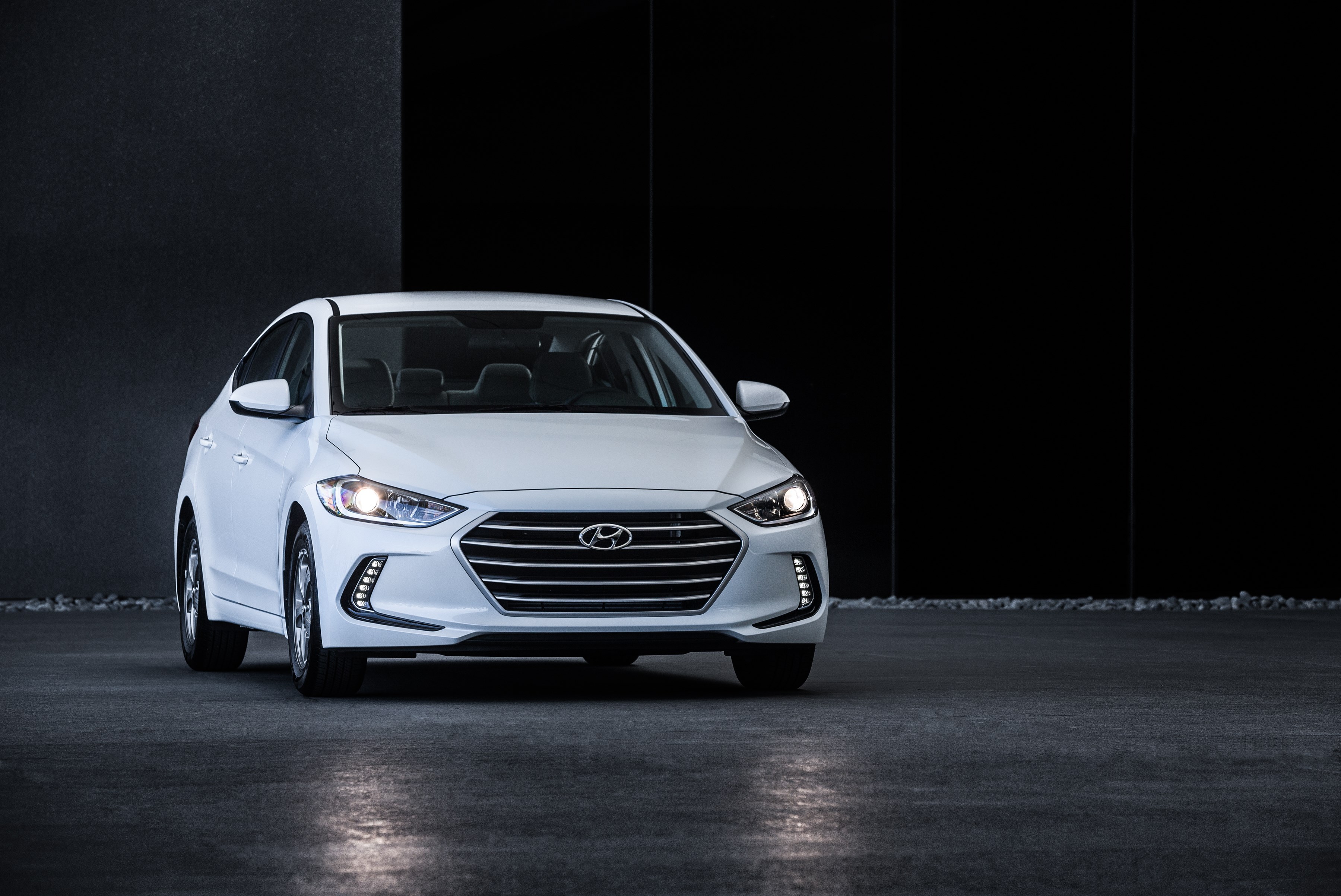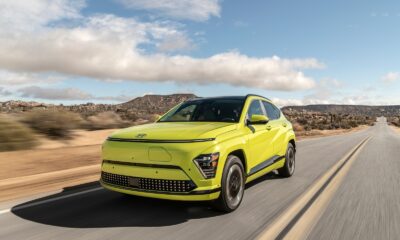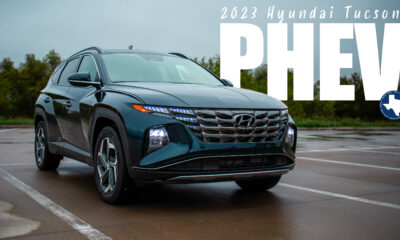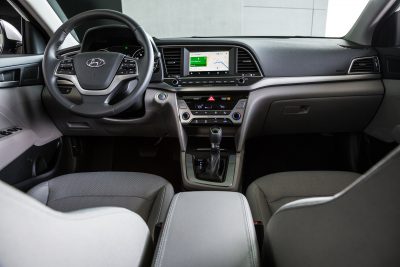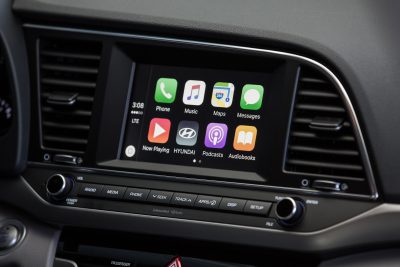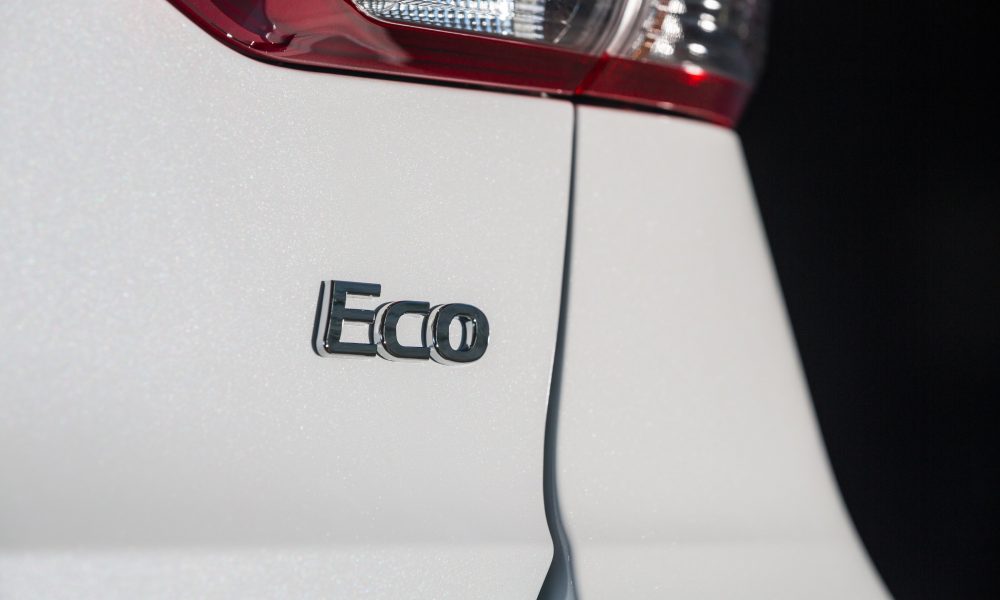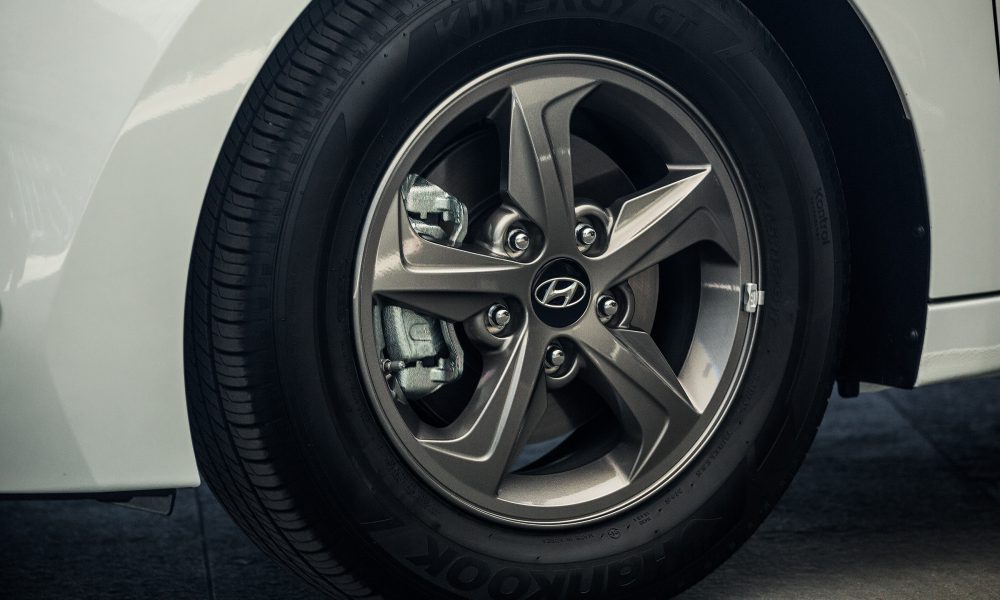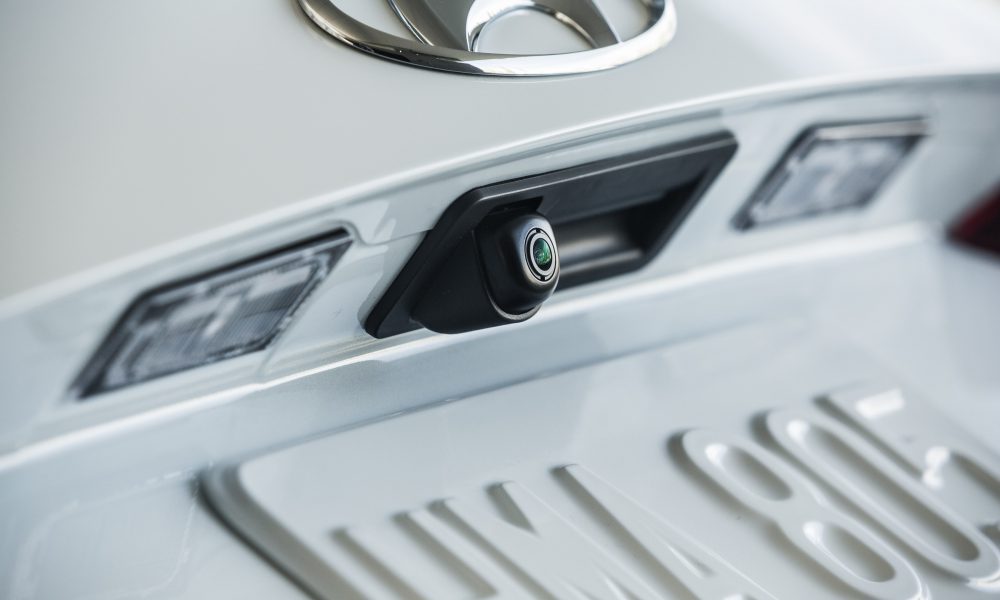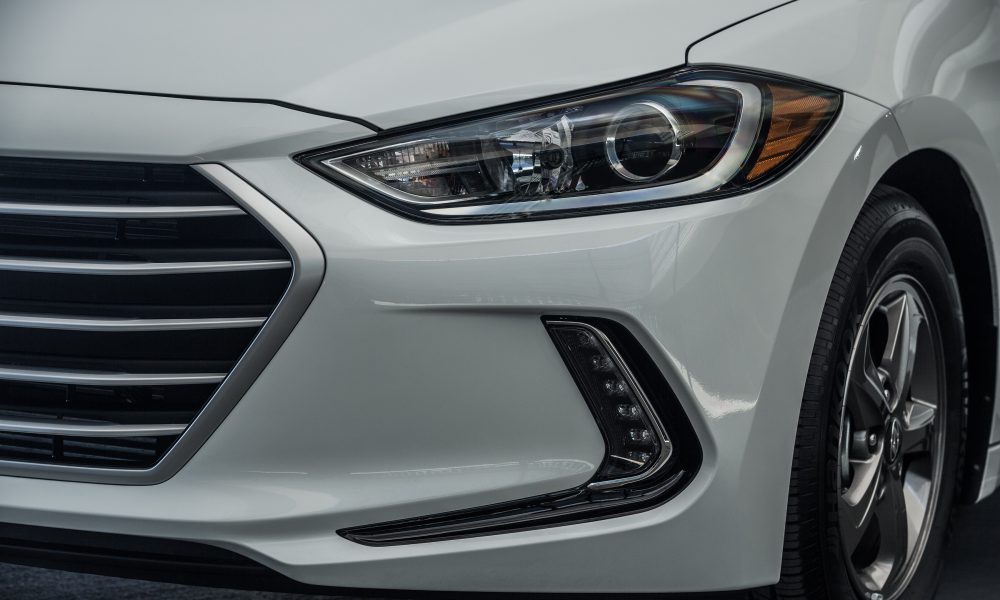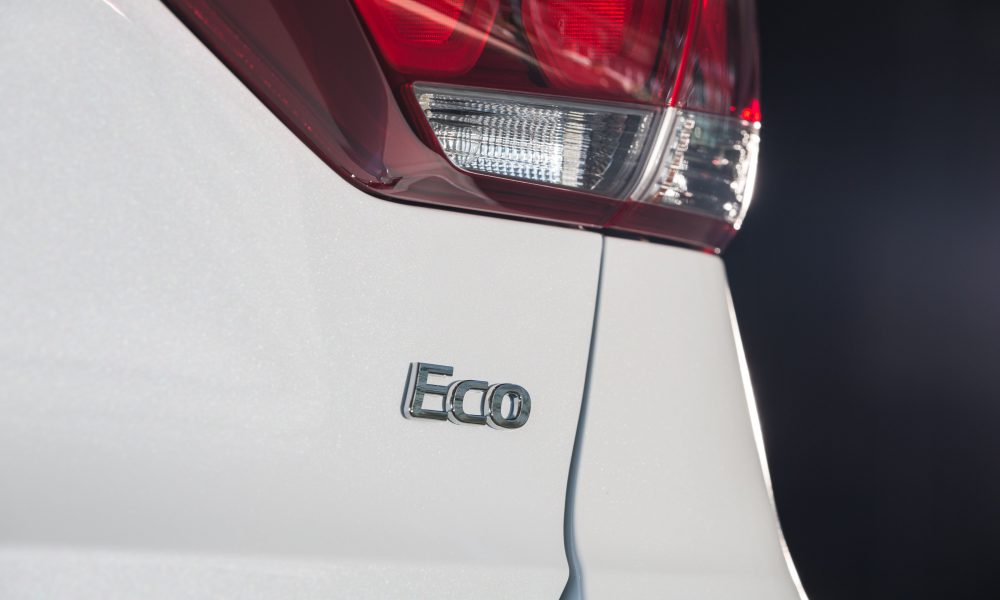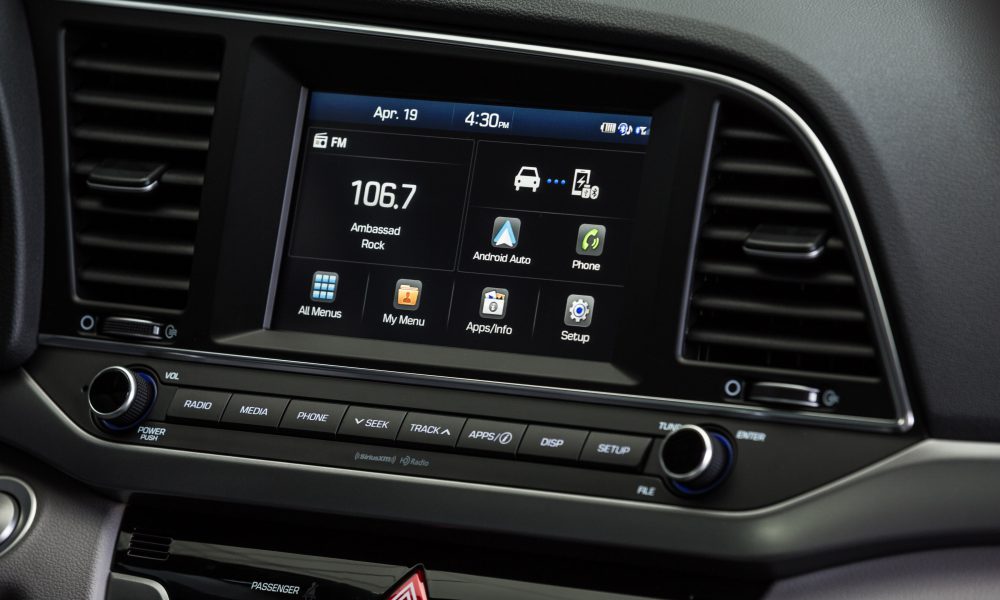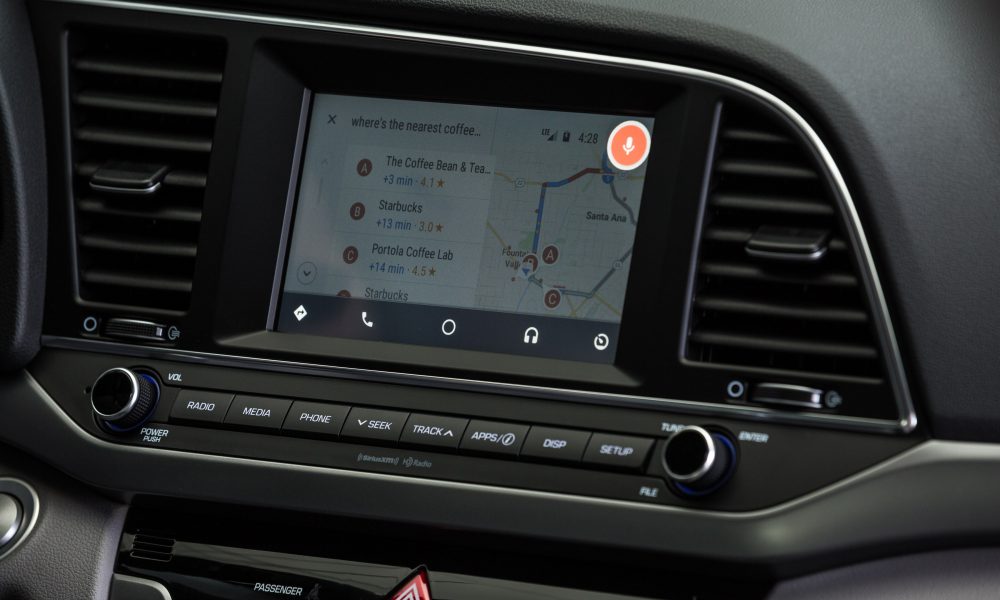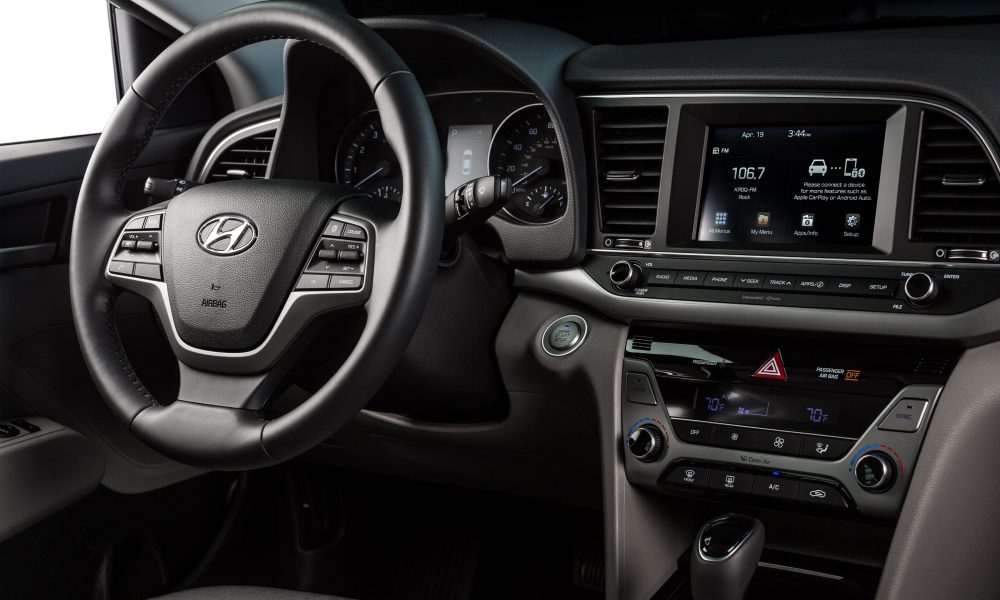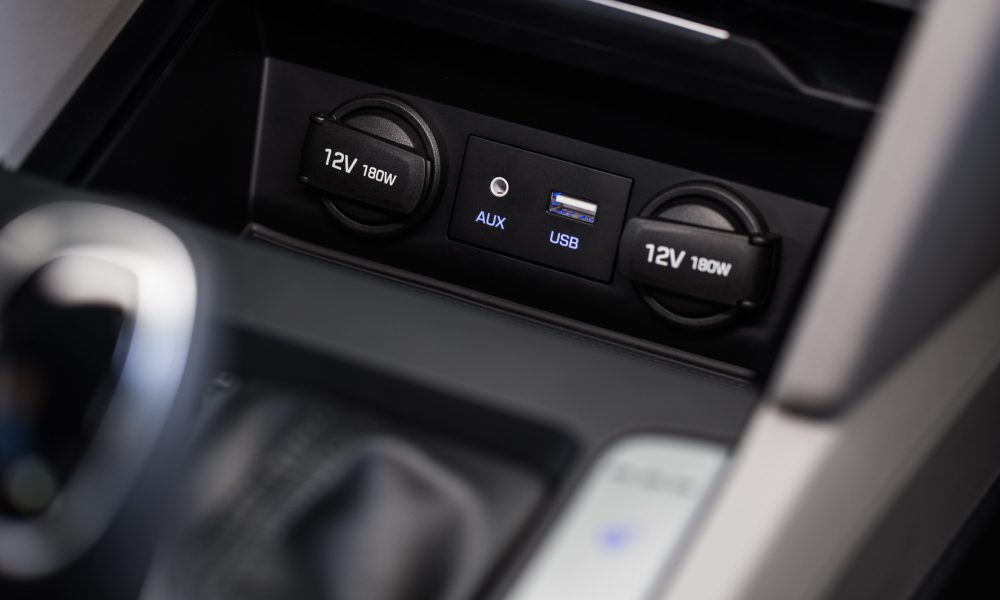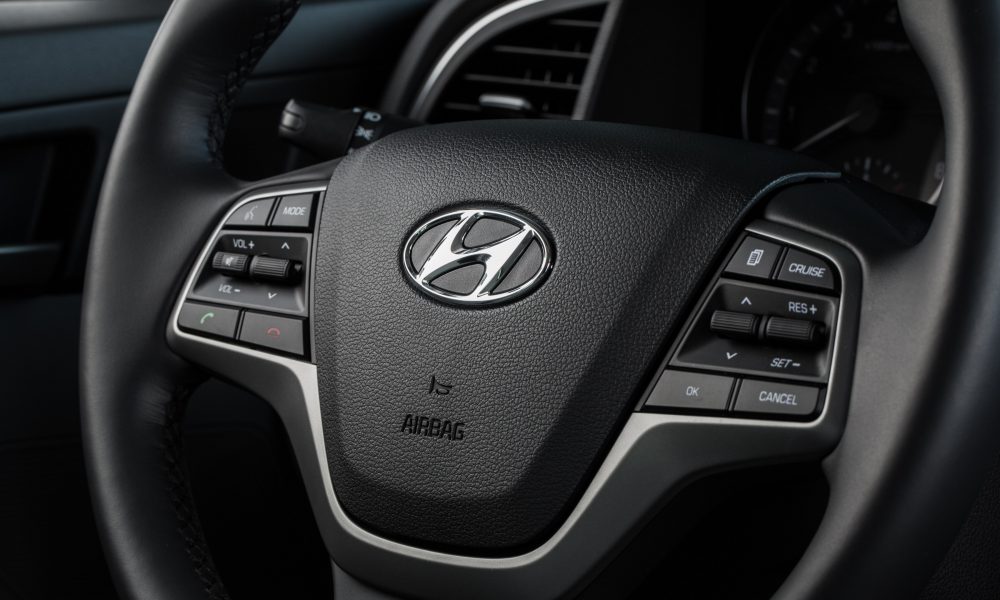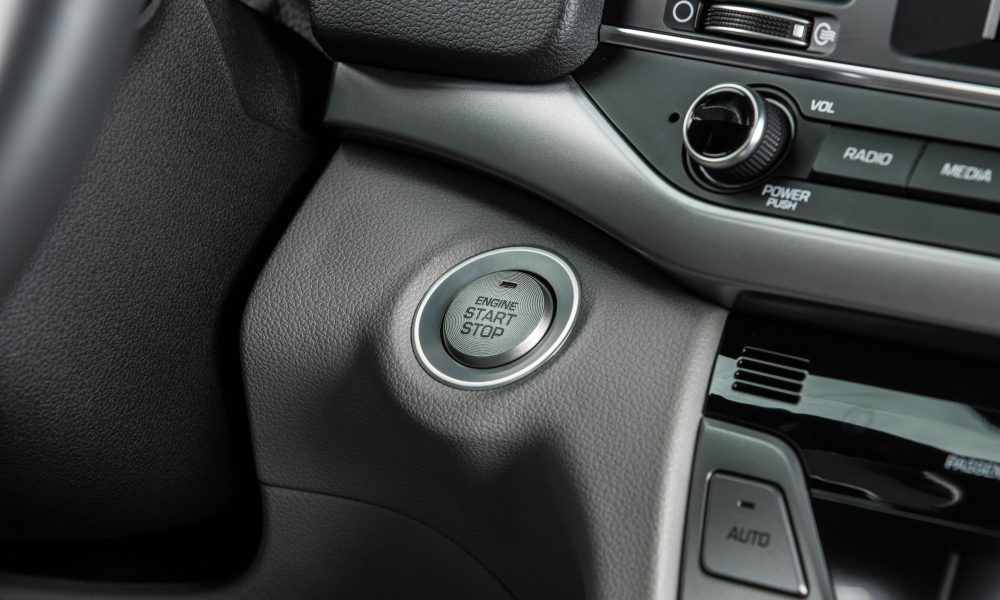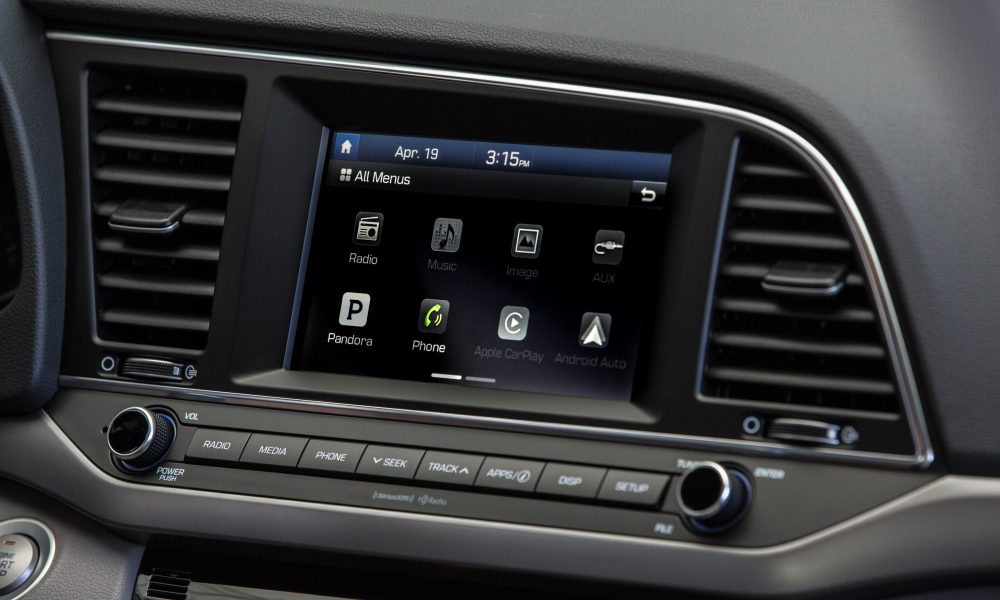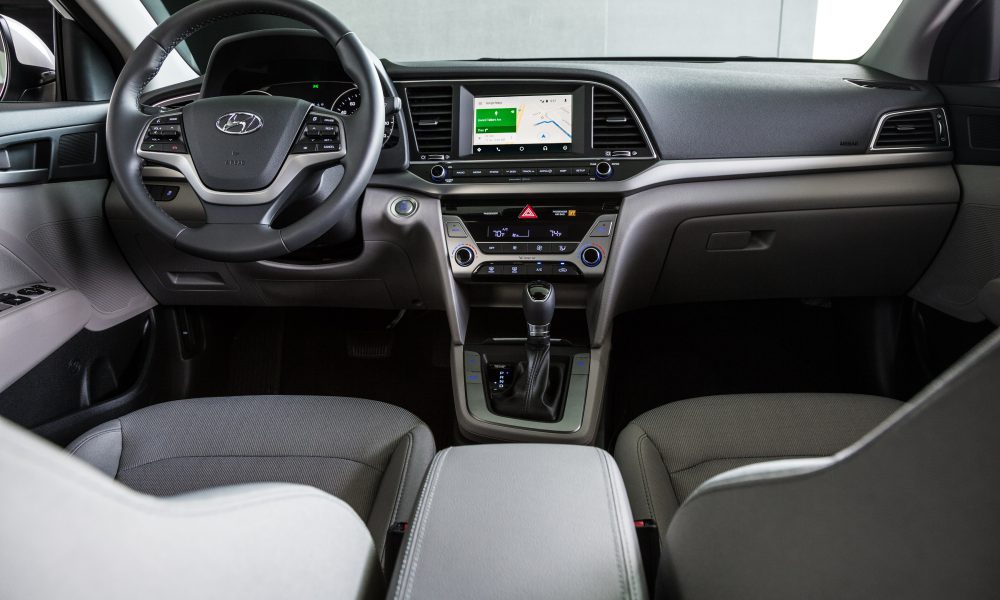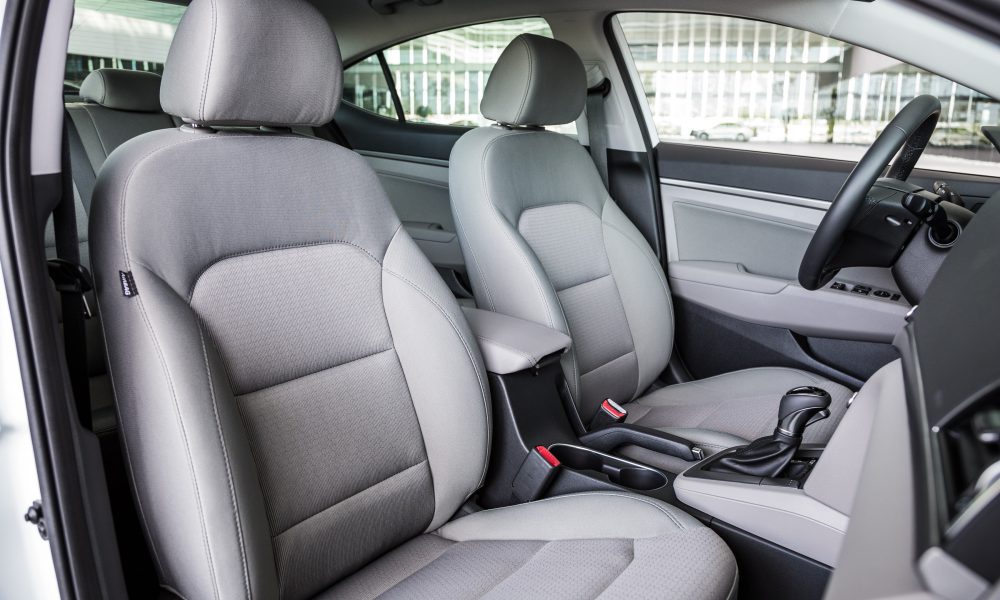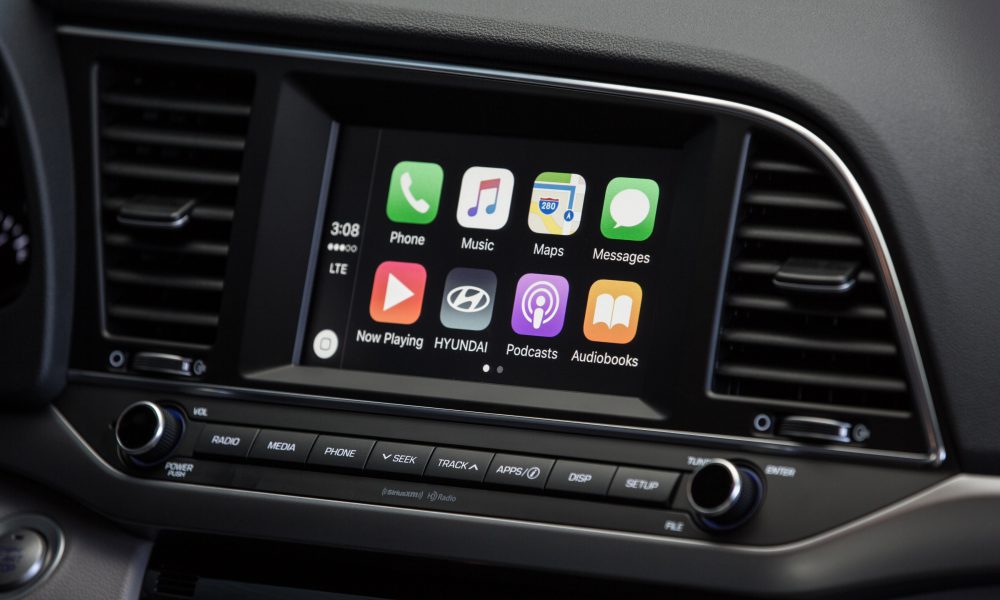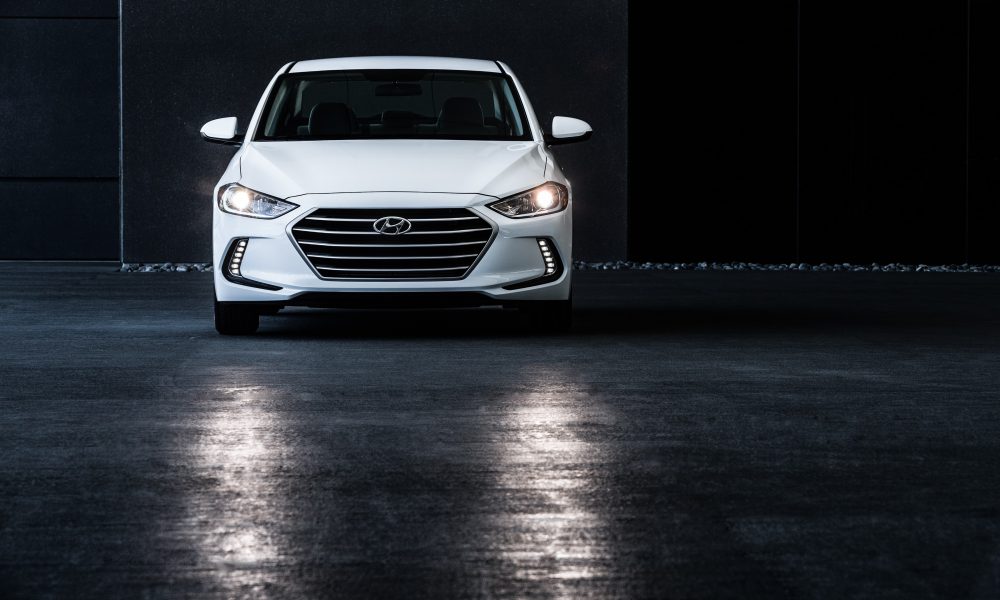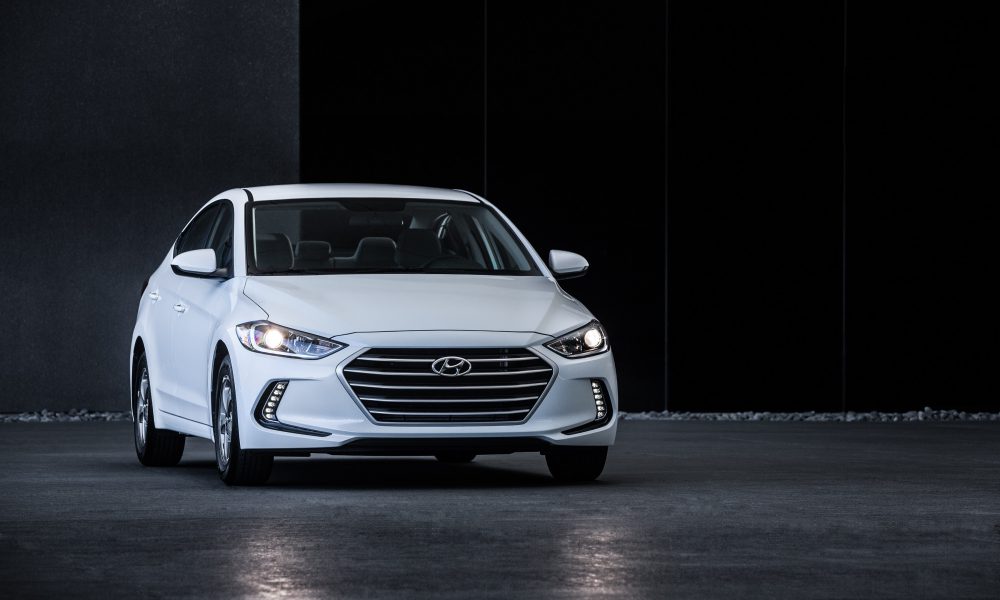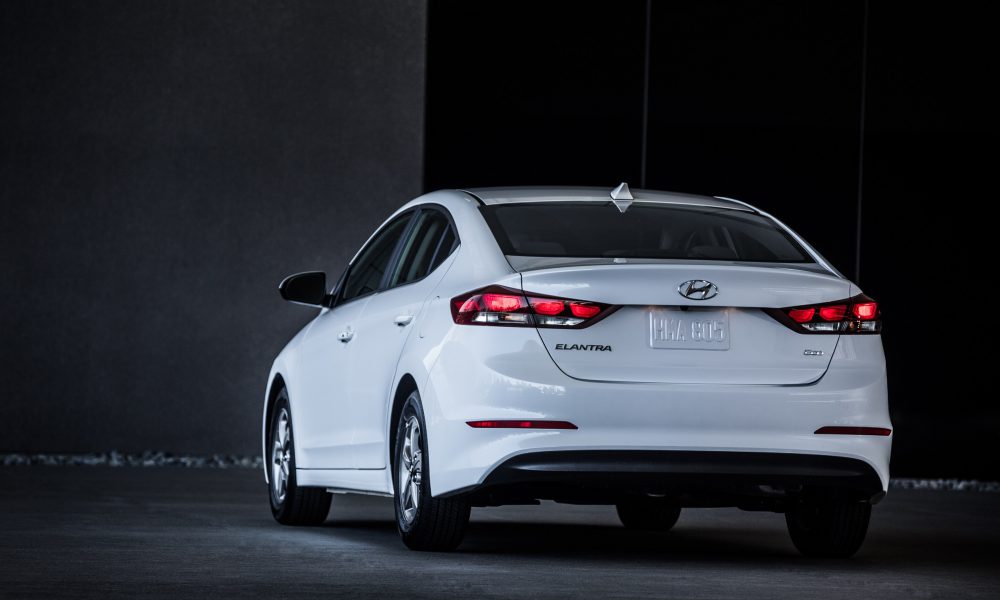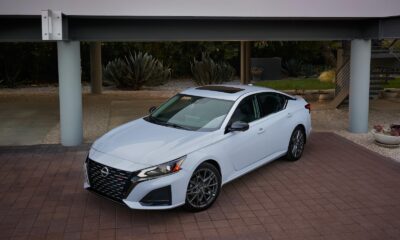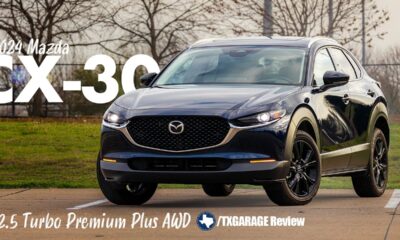Car Reviews
Hyundai’s Elantra Eco: Efficient, accessible – and batteries not included
Hyundai’s Elantra Eco sits in my driveway. With its white exterior and beige (cloth) interior it might as well have been made by Frigidaire – as I try to remember the last time I shopped ‘Frigidaire’. While pleasant enough visually, there’s little here that stands out beyond the $21,000 window sticker and 35 (Combined) EPA estimate. But within the context of average automotive transactions spiraling upward and onward – and while EVs continue to struggle for volume sales – the $21K and 35 miles per gallon look d*mn attractive, maybe (even) compelling. Here, then, is a closer look.
We’ve visited Hyundai’s Elantra a couple of times. Hyundai’s Elantra Sport is endowed with a 1.6 liter turbo – and 201 horsepower – delivered through either a 6-speed manual or 7-speed DCT. In combination with a sport-type suspension and upgraded interior trim, the Sport is a viable way to keep some vestige of your Miata if you – like many – have outgrown your Miata. More recently, Hyundai’s Elantra GT delivered a full dose of Euro-influenced hatch (and perceived quality) for this side of $30K. Both models were impressive and both, in distinctly different ways, proved seductive.
Hyundai’s Elantra Eco ain’t seductive. There’s absolutely no emotional tug here, but if Hyundai’s product planners haven’t seized your heart, the car’s value will certainly grab your head. Under the Elantra’s (non-descript) hood is a 1.4 liter turbocharged four delivering 128 horsepower and, more significantly – 156 lb-ft of torque from 1,400 rpm. Delivering that torque through a 7-speed DCT (dual clutch transmission), the Elantra provides surprisingly good response within the context of a small/midsize 4-door delivering 40 miles per gallon on the highway, 32 in the city cycle and (as mentioned) 35 combined. There’s no additional weight devoted to a hybrid powertrain, and no battery degradation found in hybrid powertrains. It’s sweet, simple and cheap.
Inside, large gauges are clear and info is straightforward. Like most Hyundais, the audio and ventilation controls generally require but one step, which is a refreshing change from that offered by most OEMs. We’re not sure why anyone would spec beige cloth for what purports to be a family vehicle, but you don’t have to buy our press car – you can buy your own. Seats are supportive in front, and surprising roomy in the rear. Like most cars with belts for a middle passenger, the middle guy or gal will suffer, but then, complainers should get the Uber app. And the rear seat folds, supplying a dose of utility for those of you with time for an active lifestyle.
And back, then, to that 35 miles per gallon estimate for a combo of city and highway driving. The staff at Motor Trend recently said goodbye to a Chevy Bolt with an all-electric drivetrain and – in base form – a window sticker of $37,500. After taking a federal tax credit of $7500, you’re in a new Bolt EV for $30K, roughly $10K more than you’ll spend on the Elantra Eco.
In 16,700 miles of driving, the Motor Trend staff spent $630 on electricity to recharge the Bolt. Over one half of that expenditure was spent at public charging stations, while the balance was invested at either the office or at home. If we use the 35 combined number for the Elantra Eco and drive the same 16,700 miles, the Hyundai owner will have burned 477 gallons of regular unleaded, for a cost – at $3/gallon – of $1,430, or $700 more for the same driving distance.
But you’ve spent almost $10K more on the purchase net $700/year in savings. You’ve already done the math, but if you haven’t…it will take fourteen years of Bolt EV driving – at current gas and electric prices – to offset that $10K expenditure. And that’s with a vehicle offering but a 230-mile battery range, while the Elantra – again, on that 35 combined figure and 13 gallon tank (plus one gallon reserve) – will enjoy a range of 450 miles. On this we think the math is pretty compelling for, of course, the Elantra.
If we were on a Hyundai lot we’d opt for the Sport or GT. But there’s no arguing against the Eco for those with an interest in minimizing their carbon footprint while, of course, also constraining their automotive involvement.



